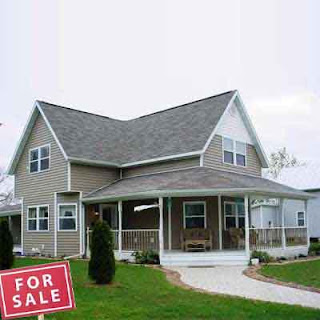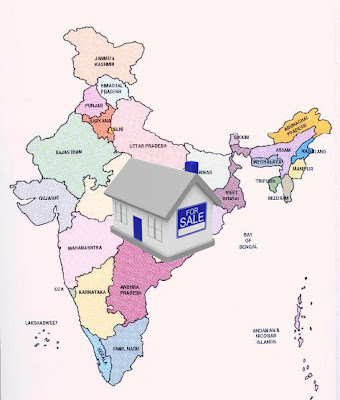To cash in on the rupee depreciation, non-resident Indians (NRIs) are making a beeline to buy property in India. Most developers Business Standard spoke to claimed a 25 to 30 per cent spurt in sales to NRIs over the last two months.
Since August, the Indian currency has fallen by around 20 per cent against the US dollar. According to real estate companies, brokers, analysts and consultants, this has triggered a substantial rise in the volume of property-related enquiries from NRIs. The actual deal numbers have also gone up considerably. Many NRI buyers are even buying multiple units for investment purposes.
Since NRIs earn in foreign currency, their buying capacity has gone up manifold with the rupee weakening against the dollar.
“In the last three months, we have sold more than 100 units to NRIs, a clear increase of more than 20 per cent over the previous quarter,” said R K Arora, chairman and managing director of real estate developer, Supertech. Arora said while the domestic demand had slowed due to high interest rates, interest from NRIs had shown a great surge.
Similarly, Sunil Dahiya, managing director of Vigneshwara Developers and senior vice-president of real estate association National Real Estate Development Council (Naredco), said some of his company’s existing NRI customers were wanting to invest more in property. Vigneshwara has already recorded a 25 per cent increase in sales to NRIs over the last two to three months. “Most buyers who were planning to buy two-bedroom apartments earlier are now switching to three-or four-bedroom apartments,” he said.
Raheja Developers, which is building tall residential structures in Gurgaon and Delhi, has also noted a similar trend, where every fifth booking of its recently launched project has been from an NRI.
At least 25 per cent of the bookings in the project has been from NRIs, compared with just 10 per cent in our earlier projects, said Director Nayan Raheja. “I attribute this trend to the decline of the rupee against the dollar. Now, to leverage on the trend, we are marketing ourselves in the US and Canada, as this is just the right time to invest in India.”
Lalit Jain, chairman and managing director of Kumar Builders and the chairman of another real estate association, the Confederation of Real Estate Developers’ Associations of India (Credai), agreed that NRIs were making the best of the opportunity. According to Credai, there has been a 30 per cent rise in enquiries from NRIs and 20 per cent increase in actual buying.
Yet another developer, BCC Infrastructure, has sold 100 of its 800 units to NRIs this quarter. “Yes, we can say this is partly attributable to the falling rupee,” said BCC Infrastructure Managing Director Kumar Bharat. He added that NRIs were also showing interest in industrial plots, as they wanted to establish business centres in the country, against the backdrop of the global economic meltdown.
“Owing to the uncertain econominc environment, Indians living in the West do not want to put their savings in banks. They are investing in the Indian real estate market at a time when the rupee is ruling at record lows,” Dahiya noted.
A top representative of the Global Organisation of People of Indian Origin confirmed the trend of NRIs putting their money in the Indian property market more at this point due to the rupee dip. “There’s no better time than this to invest in Indian real estate,” he said. NRIs took quick decisions on buying residential property, he added, explaining how they reacted so quickly to the rupee-dollar development.
Anshuman Magazine, chairman and managing director, CB Richard Ellis (South Asia), told Business Standard the trend was positive as India had the highest appreciation in real estate. “However, real estate decisions take time to transact, unlike stocks, so it is difficult to give an industry figure,” he said.
Sanjay Sharma, managing director, Qubrex, a real estate consultancy, said: “It is difficult to assess how much of an increase in NRI buying has been because of depreciating of the rupee and how much because of seasonal trend.” He argued this time of the year usually saw NRIs buying property.
Source: http://www.business-standard.com/india/news/nris-onproperty-buying-spree/458868/




